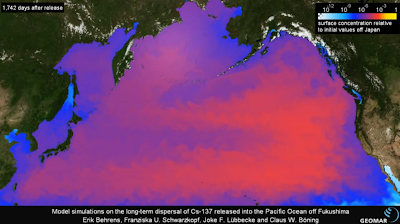 |
| Chrysotile asbestos |
The following article is one in the Center for Public Integrity series,
Toxic Clout: how industry uses well-paid experts to minimize the hazards of toxic chemicals and fend off liability, regulation, or both. The Atlanta-based company, Georgia-Pacific Corp., faced a nearly $1 billion in liability from its product, Ready-Mix, a putty-like building material, known as joint compound, containing the cancer-causing substance, asbestos. Named in more than 60,000 legal claims, the company sought salvation in a secret research program it launched in hopes of exonerating its product as a carcinogen.
The article also describes Daniel Stupino’s fight against the company. He regularly used the Georgia-Pacific joint compound, among other brands, in renovating apartments, sealing joints between sheets of drywall with the product. When he sanded it, he said, it was “like a snow … that penetrate[d] all over … in my body, my head, you know, my clothes.” His case against Georgia-Pacific settled mid-trial. He died of mesothelioma on Dec. 14, 2012, just before his 64th birthday.
Chrysotile asbestos, is the only type of asbestos still imported to the United States, with some 2.3 million pounds entering the country from Brazil in 2012. More than 107,000 people die of asbestos-related diseases each year, the World Health Organization
estimates. “All types of asbestos cause lung cancer, mesothelioma, cancer of the larynx and ovary, and asbestosis (fibrosis of the lungs),” it warns. In all, 55 countries — but not the United States — have banned all forms of the mineral.
Facing lawsuits over deadly asbestos, paper giant launched secretive research program
by
Jim Morris email, publicintegrity.org, 21 October 2013
In the spring of 2005, Georgia-Pacific Corp. found itself facing nearly $1 billion in liability from a product it hadn’t made in nearly three decades: a putty-like building material, known as joint compound, containing the cancer-causing mineral asbestos.









































.png)
